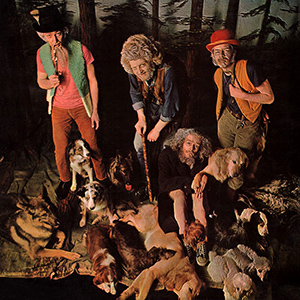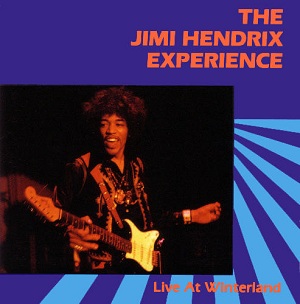 Just in time for the music industry’s celebration of the 20th anniversary of the Summer of Love came the first “new” Jimi Hendrix album specifically designed for the CD market. The first product of Rykodisc’s brief affiliation with the Estate, Live At Winterland was compiled from a three-day residency at a converted San Francisco ice skating rink the week Electric Ladyland was released. The compilers had six shows to choose from, and only repeated one performance from The Jimi Hendrix Concerts.
Just in time for the music industry’s celebration of the 20th anniversary of the Summer of Love came the first “new” Jimi Hendrix album specifically designed for the CD market. The first product of Rykodisc’s brief affiliation with the Estate, Live At Winterland was compiled from a three-day residency at a converted San Francisco ice skating rink the week Electric Ladyland was released. The compilers had six shows to choose from, and only repeated one performance from The Jimi Hendrix Concerts. By this time his manager was professionally recording his concerts, so the source used was superior to anyone’s bootlegs. This CD was produced by Alan Douglas and future Beach Boys catalog maven Mark Linett, and they did a decent job of presenting the trio as they were, seamlessly blended to simulate a single show. After Bill Graham’s introduction (a Douglas trope), they plow through “Fire” and “Manic Depression”, then Jimi provides an explanatory intro for a jam on Cream’s “Sunshine Of Your Love”. “Spanish Castle Magic” is marred by buzzing amplifiers, and he acknowledges the absence of “Red House” from the American version of his first album. Jack Casady of Jefferson Airplane sits in on bass for “Killing Floor”; “Tax Free”, an instrumental familiar from War Heroes, gets an eight-minute excerpt. From there it’s a good run through “Foxey Lady”, “Hey Joe”, and “Purple Haze” right into “Wild Thing”. All in all, a solid listen. (Five years later, the album celebrated an anniversary of its own with the release of Live At Winterland+3, containing—you guessed it—three more songs on a 30-minute bonus disc, including a lengthy exploration on “Are You Experienced”.)
 In this century, once the Estate realized that fans would be interested in multi-disc archival digs, the shows were mined for a four-CD package simply titled Winterland. However, as would be their wont, they still took liberties with history, by curating a disc each from each day’s two shows, and adding a fourth of “extras” from three of the shows, bolstered by an interview conducted two months earlier on the opposite coast. (Amazon customers got another disc with a little over a half an hour of music from eight months earlier at a different Bill Graham venue, most of which was previously released as an official bootleg, and notable for the first collaboration with Buddy Miles, on a cover of “Dear Mr. Fantasy” in two pieces because the tape ran out. Meanwhile, a single disc of Winterland “highlights” muddied up the discography further.)
In this century, once the Estate realized that fans would be interested in multi-disc archival digs, the shows were mined for a four-CD package simply titled Winterland. However, as would be their wont, they still took liberties with history, by curating a disc each from each day’s two shows, and adding a fourth of “extras” from three of the shows, bolstered by an interview conducted two months earlier on the opposite coast. (Amazon customers got another disc with a little over a half an hour of music from eight months earlier at a different Bill Graham venue, most of which was previously released as an official bootleg, and notable for the first collaboration with Buddy Miles, on a cover of “Dear Mr. Fantasy” in two pieces because the tape ran out. Meanwhile, a single disc of Winterland “highlights” muddied up the discography further.)
Being a new mix spearheaded by Eddie Kramer, the sound is different from the Rykodisc releases; they even restored Herbie Rich’s organ and Virgil Gonsalves’ flute on songs where they’d been omitted earlier. But there was still some editing and combining of performances to enhance general listenability, and some chatter heard on the old CDs didn’t make it. There is naturally repetition of several songs, but he never played anything the same way twice, and for the most part the set focuses on songs that enabled his soloing as opposed to just playing the hits and familiar album tracks, which he does too. (“The Star-Spangled Banner” makes two appearances, once of which is compiled from two performances; the October 11 “Voodoo Child” remains exclusive to Live At Winterland+3, but at least the set included full versions of songs included on The Jimi Hendrix Concerts, which had since been deleted.) Nearly five hours of music is a lot to take in, but it’s educational to hear him in an environment where he could settle in for a stint and stretch, rather than just rush from town to town and show to show.
The Jimi Hendrix Experience Live At Winterland (1987)—3½
1992 Live At Winterland+3: same as 1987, plus 3 extra tracks
The Jimi Hendrix Experience Winterland (2011)—3½
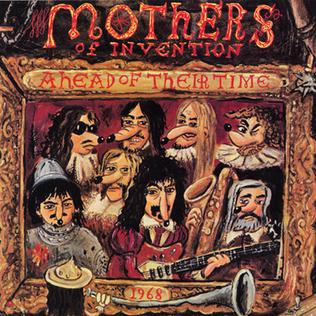

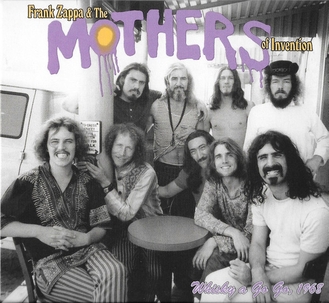
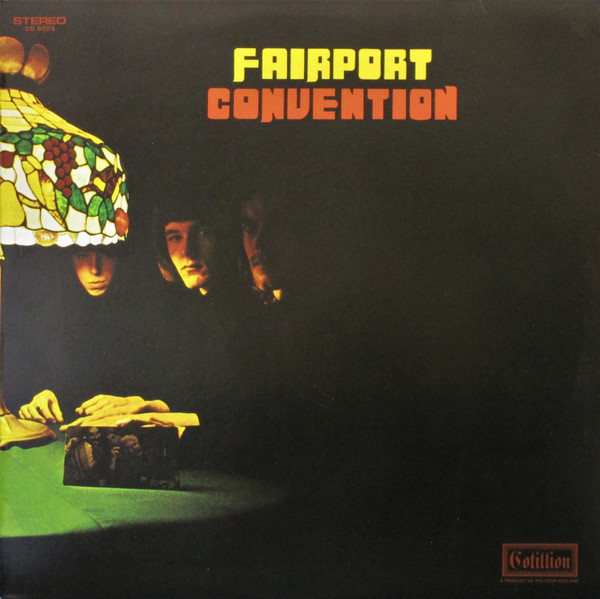
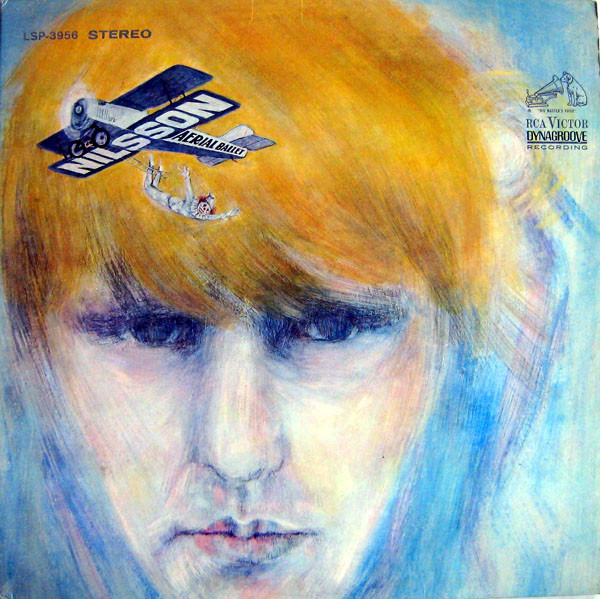

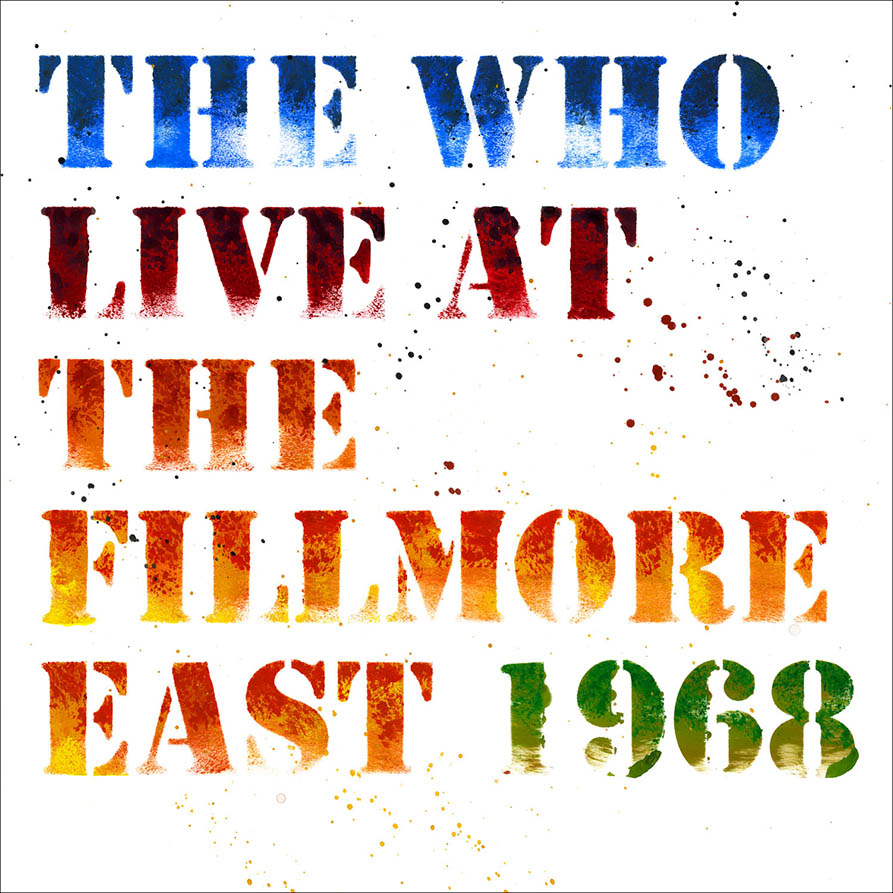
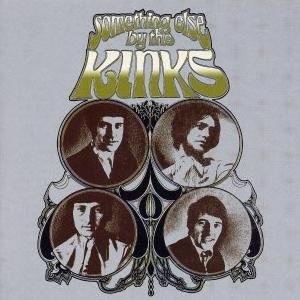
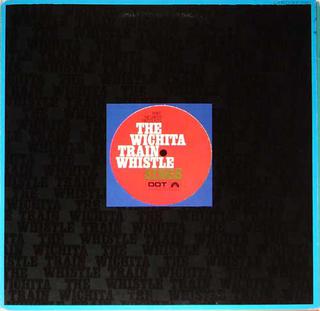
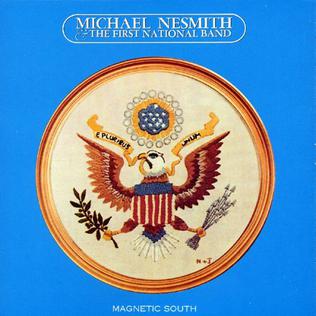
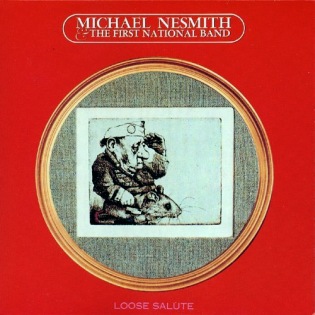


:format(jpeg):mode_rgb():quality(90)/discogs-images/R-5722577-1401424215-2351.jpeg.jpg)
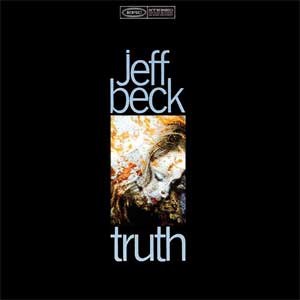


:format(jpeg):mode_rgb():quality(90)/discogs-images/R-10537684-1499463405-5639.jpeg.jpg)
:format(jpeg):mode_rgb():quality(90)/discogs-images/R-5383797-1392034950-5244.jpeg.jpg)
:format(jpeg):mode_rgb():quality(90)/discogs-images/R-14901595-1583747830-8582.jpeg.jpg)
